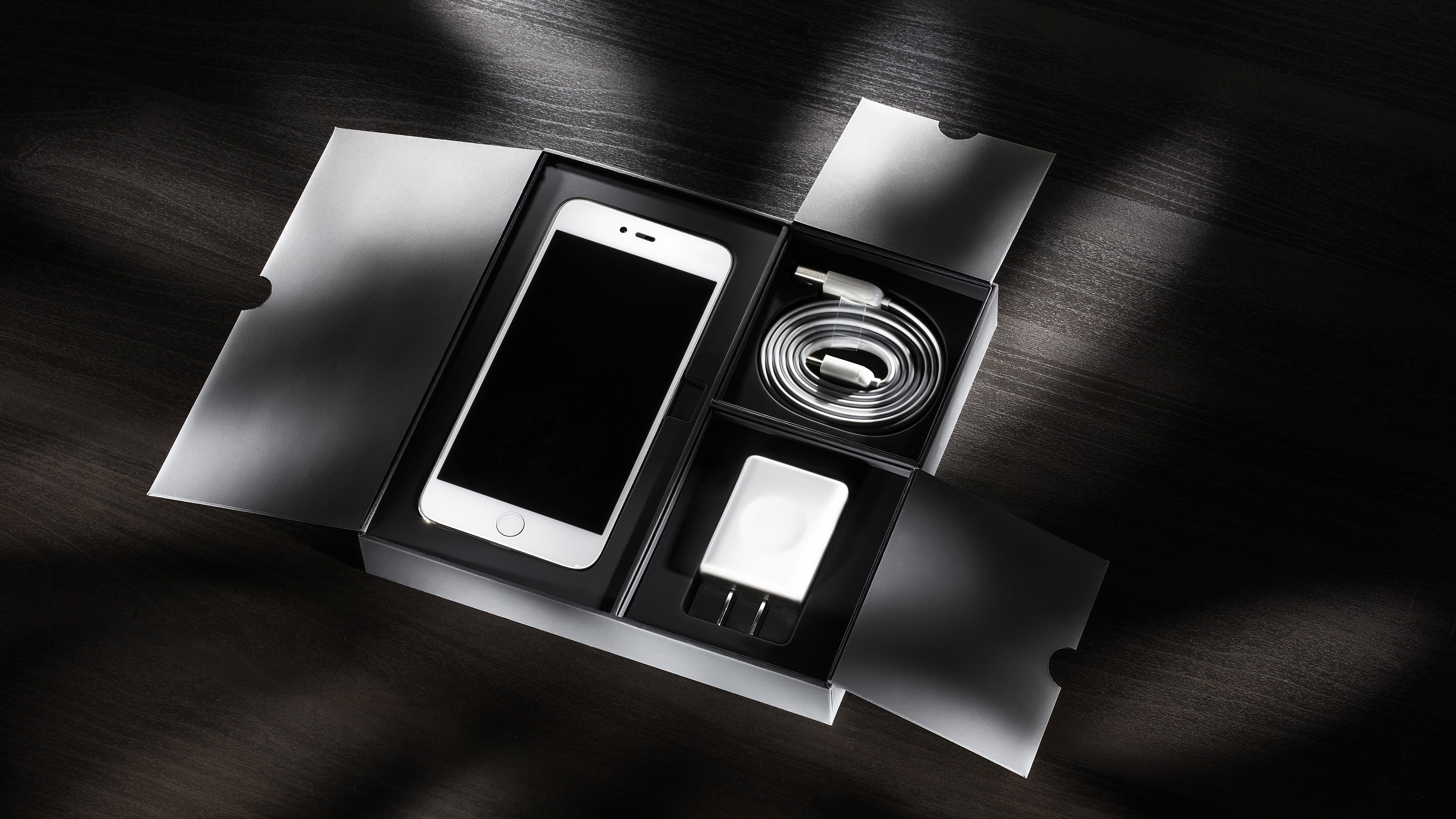Just bought a new tech gadget? Do these 5 steps right now!
Follow these steps to get the most from your latest gizmo

It's hard to describe the sense of excitement that comes with buying a shiny new gadget. Many people treat them like Christmas presents, spending time admiring the beautiful packaging before tearing it off.
To make the moment truly memorable, you also need to make sure that nothing happens to your latest piece of techno-wizardry. In this guide you’ll explore ways to make sure that this isn’t the device that got away due to theft, breakdown or accidental damage. You'll also discover some tips for protecting sensitive personal information on your gadget.

1. Register your product
Back in the day most gadgets came with a special warranty card which you could fill in and send to the manufacturer. These days you’re usually invited to register online when setting up your device.
While most users skip past this step, make sure you don’t. If a fault develops later on, the manufacturer will need a way to check your device is still within warranty. this is especially important if you bought your device from a third-party reseller instead of directly from the manufacturer.
This is also a great way to keep informed about any available upgrades for your gadget.
Once registration is complete, head over to Immobilise and register your device. If your gadget is lost or stolen, Immobilise can share data with the police to help return it to you. Registering your device details is free but we strongly recommend investing in ‘Complete Property Marking Kit’, which includes security tags and a UV pen to mark your device.
2. Get insurance
Most countries have some form of Consumer Law which guarantees new hardware against manufacturing flaws within a certain time period. For instance, EU Consumer Law protects products in this way for up to two years from the date of purchase.
Sign up to the TechRadar Pro newsletter to get all the top news, opinion, features and guidance your business needs to succeed!
Should your device be accidentally damaged or stolen however, manufactures generally aren’t obliged to fix or replace it for you.
Check with your insurance provider that your own policy covers your new gadget. Make sure to retain your proof of purchase in case you need to make a claim. If you only have household insurance, check your policy wording to see if it applies should your device be lost or damaged outside your home.
If you don’t already have insurance, search online for providers who offer protection for electronic devices. Payment is usually made monthly but for extra piece of mind you can pay by the year if you prefer.

3. Boost your security
While the loss of your device might be upsetting, the damage caused by identity theft can last for years. If you’re using an Android or iOS device make sure to enable device encryption. Choose a secure PIN code of at least 8 digits. If you’ve bought a computer or laptop, consider using built-in software such as Microsoft’s Bitlocker or Apple’s FileVault. To encrypt your personal files. Use a good quality password to make sure that thieves can’t easily access your data. (see our guide on choosing a strong password)
Apple device owners should enable ‘Find my iPhone’. Despite the name this allows you to track any Apple device if it goes missing, then remotely disable it. More recent versions of Android also have a similar feature.
Most modern gadgets offer a way to back up your data automatically. Make sure to enable this during setup to keep your data safe. Windows users should also consider installing anti-virus software.
4. Remove bloatware
Many devices come with unnecessary ‘bloatware’: superfluous apps provided by third parties. These usually just slow down your gadget and provide you with little benefit. This is a particular problem for Android devices, as many vendors use their own customized version of this OS.
When you first receive a device, check for any apps you don’t recognize and remove them. Generally, the system won’t let you remove anything vital unless you can re-install. For instance, Apple now allows you to remove native iOS apps such as ‘Mail’ from devices but you can always download them again from the App Store.
If you’re device has already been setup, perform a factory reset so you can go through the process yourself. This will remove any apps which aren't bundled with the OS itself.
If your gadget runs Windows 10, make a note of your product serial number before re-installing so you can re-activate Windows.

5. Update, update, update...
On first launch your gadget will usually check for any software/firmware updates automatically. If not, you should do this yourself once setup is complete.
Some devices need to be connected to a computer to run and check for updates via a specialized app such as iTunes. If this is the case, make sure the app itself is up to date before plugging in your gizmo.
For gadgets running on battery power, make sure your charger is plugged in before you begin any updates.
If you have a new laptop there may be a newer operating system available. Before downloading, check the developer's website to ensure its compatible with your device.
Nate Drake is a tech journalist specializing in cybersecurity and retro tech. He broke out from his cubicle at Apple 6 years ago and now spends his days sipping Earl Grey tea & writing elegant copy.